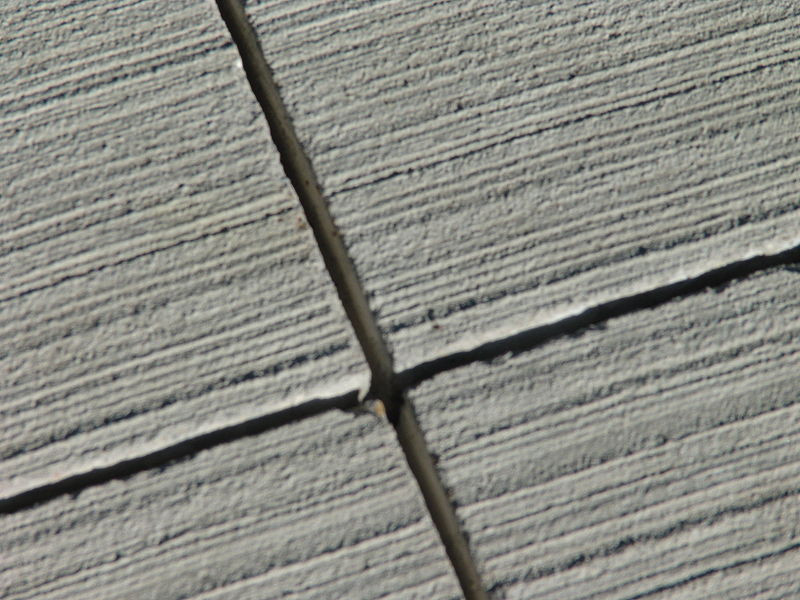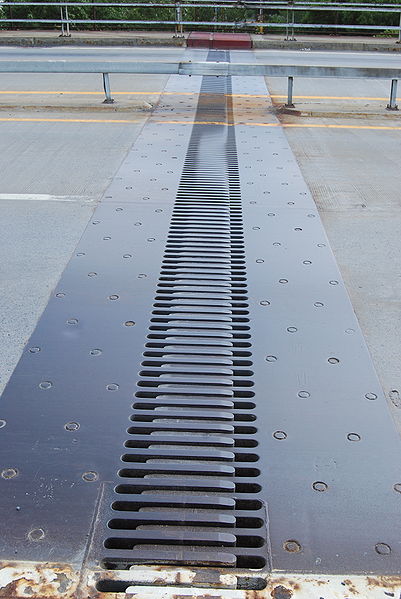Bridges in Winter
Winter, as anybody who lives in Fairbanks knows, can be much much colder than summer. This poses a problem to engineers designing a bridge. This is because as a substance gets colder, it tends to contract, and as it heats up, it tends to expand. This property, called thermal expansion, is fundamental in the design of bridges. Depending on the location of the bridge, the amount of exapansion due to temperature change from winter to summer can be significant. If not dealt with, it can, and will, cause a bridge to crack and break.


The bridges in the images above reportedly collapsed due to thermal expansion. The amount that the girders in the bridges could expand was limited. One girder buckled, creating a chain reaction and causing the rest to buckle.
Expansion joints
In order to allow for thermal expansion, bridges today are build with exapansion joints that allow for the bridge to expand without failing. Expansion joints are often in the form of interlocking metal teeth, but an expansion joint may also be formed by simply cutting the asphalt at regualr intervals. These cuts can then be filled with silicone or rubber.


The image on the left is an example of concrete that has been cut to allow for thermal expansion. The image on the right shows a bridges that has an expansion joint made of interlocking teeth.